Spili is a mountainous village in the Rethymno regional unit on the island of Crete, Greece. It is the seat of the Agios Vasileios municipality and was historically the capital of the Agios Vasileios province. The village is located about 30km south of Rethymno town, on the road to Agia Galini. Known for its natural beauty, abundant spring water, and traditional architecture, Spili serves as a hub for the surrounding region and is a popular destination for visitors.
Name
The name “Spili” is derived from the Greek word for “cave” (σπήλαιο – spilaio). This is likely due to the numerous caves located in the vicinity, particularly in the Mount Vorizis area, which shelters the village. One such cave, Peristere, is said to have once housed a miraculous icon of the Virgin Mary.
History
While the village’s name dates back to the Venetian period, evidence suggests Spili existed as a settlement as early as the second Byzantine period (10th-13th centuries). This is supported by the presence of Byzantine-era churches with 14th-century frescoes in the area. The village is mentioned in Venetian documents from 1577, where it is recorded as two distinct settlements: “Spili Epodes” and “Spili Pera.”
Spili has a history of resistance against occupying forces. During the Ottoman period, residents participated in various uprisings. In 1889, during the Cretan revolt against Ottoman rule, the courthouse and notary office in Spili were set on fire by rebels. In World War II, villagers joined the resistance against the German occupation, and four residents were killed in the Battle of Crete in May 1941.
Landmarks and Attractions
- Kefalovrisi Fountain: The village square features a famous Venetian fountain with 25 lion head spouts, providing a constant flow of cool, fresh spring water.
- Traditional Architecture: Spili boasts many well-preserved houses and buildings with characteristic Cretan architectural features.
- Byzantine Churches: Several historic churches with frescoes are located in and around the village, including the churches of Agios Georgios, Metamorphosis tou Sotiros, and Agioi Theodoroi.
- Watermills: A number of traditional watermills are preserved in the village, with one still in operation.
- E4 European Path: The E4 long-distance hiking path, which crosses Europe, passes through Spili.
- Kourtaliotiko Gorge: The entrance to this impressive gorge, leading to the Preveli palm forest, is located near Spili.
Modern Day
Today, Spili is a thriving village with a population of around 564. It functions as an administrative and commercial center for the region, offering services such as banks, a post office, a health center, and a police station. Tourism plays an important role in the local economy, with visitors drawn to the village’s beauty, traditional character, and proximity to natural attractions like the Kourtaliotiko Gorge and the beaches of southern Crete.
Village Key Points
- Location: 30km south of Rethymno, Crete, at an altitude of 430m.
- Historical Significance: Evidence of settlement from the second Byzantine period, participation in Cretan uprisings, and resistance against occupying forces.
- Population: Approximately 564 (2011 census).
- Current Status: A vibrant village serving as a local hub and tourist destination.
Population over the years
Year |
Population |
|---|---|
1881 |
602 |
1900 |
753 |
1913 |
757 |
1928 |
823 |
1940 |
826 |
1951 |
765 |
1961 |
723 |
1971 |
789 |
1981 |
657 |
1991 |
? |
2001 |
642 |
2011 |
564 |
Access
Spili is 17.6 kilometers away from the Rethymno and 6.7 kilometers away from Pantanassa















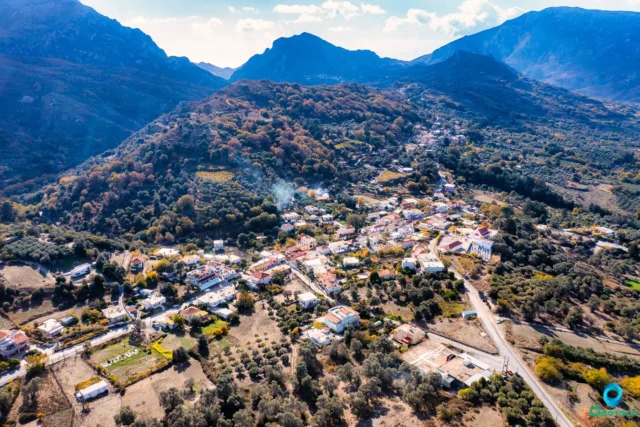



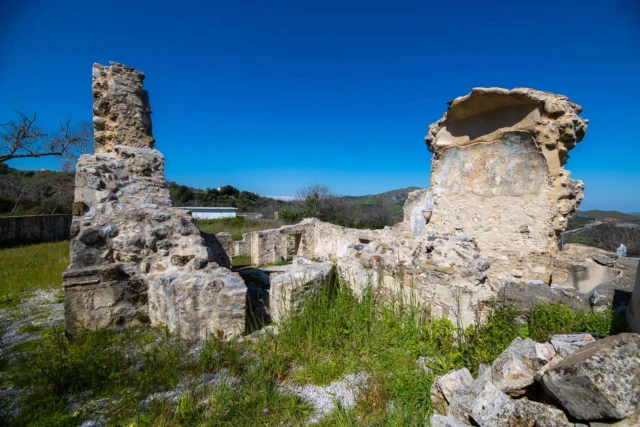


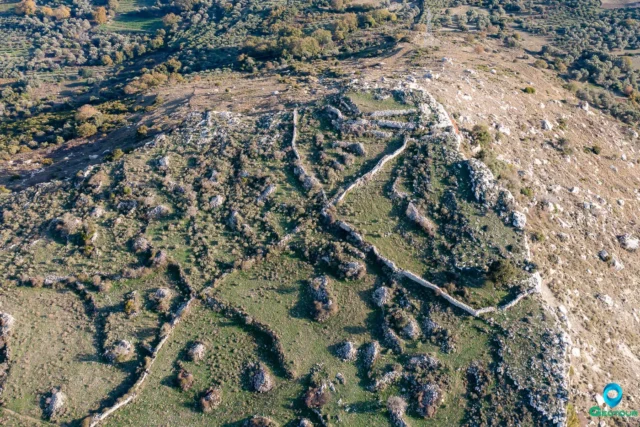
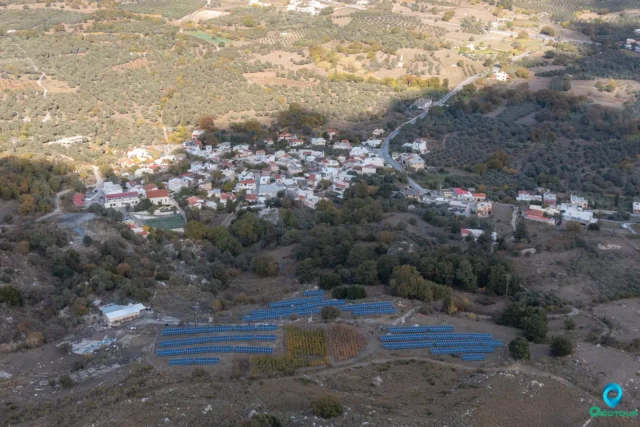
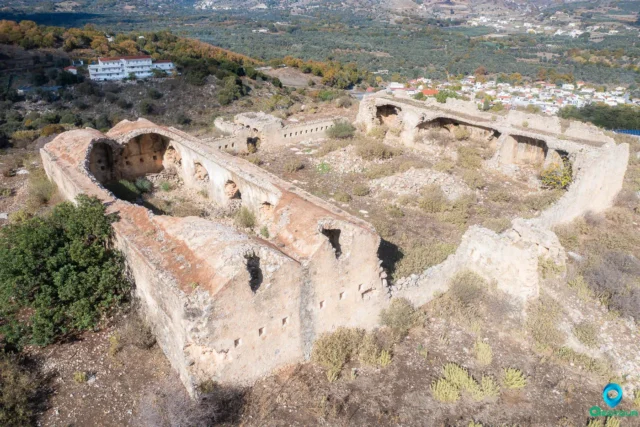

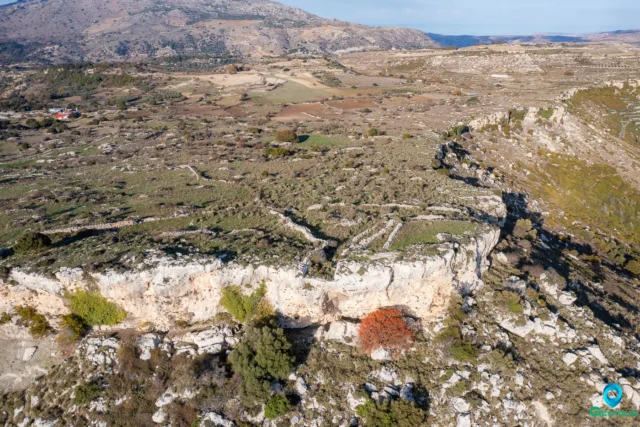

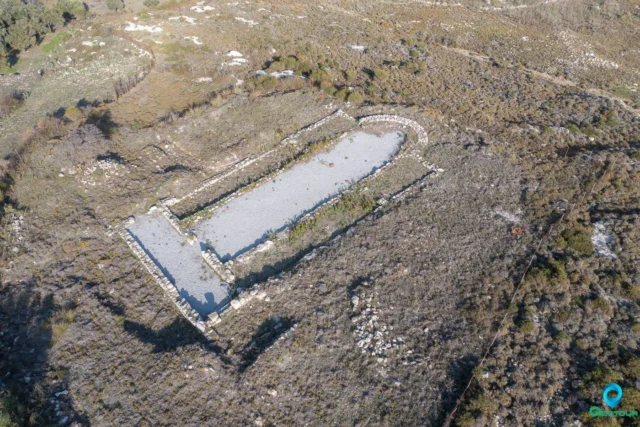


There are no comments yet.